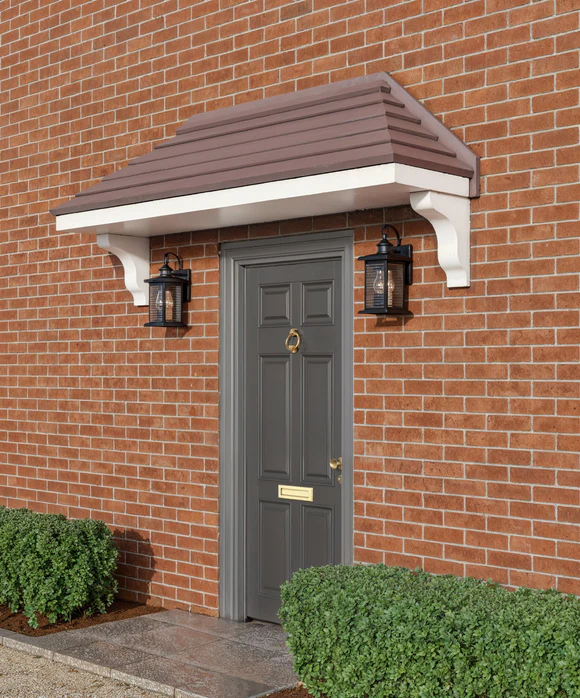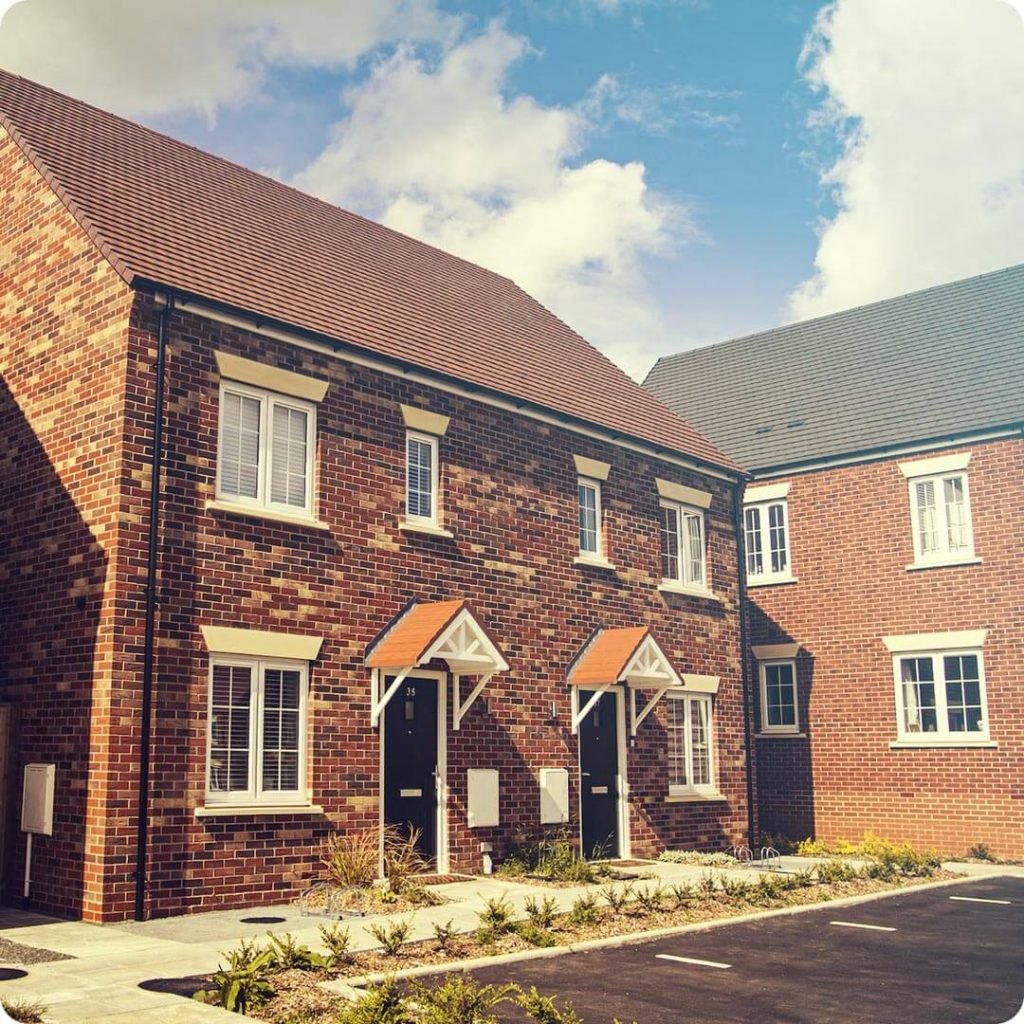In modern architecture and outdoor design, Mono Pitch Canopies have gained immense popularity due to their sleek appearance and functional advantages. Whether for residential, commercial, or industrial applications, these canopies provide excellent weather protection, aesthetic appeal, and structural efficiency. In this blog, we will delve into the benefits, applications, materials, installation process, and maintenance of Mono Pitch Canopies, ensuring you have all the information needed to make an informed decision.
What is a Mono Pitch Canopy?
A Mono Pitch Canopy is a single-sloped roofing structure that provides shelter while maintaining a contemporary and minimalistic design. Unlike traditional canopies with multiple slopes or complex frameworks, mono pitch designs have a singular, sloping surface, making them ideal for various applications.
Key Features of Mono Pitch Canopies:
Single Sloped Design
Ensures efficient water drainage and prevents water pooling.
Versatile Applications
Suitable for residential, commercial, and industrial settings.
Aesthetic Appeal
Provides a modern, sleek look to any space.
Durability
Built with robust materials for long-lasting performance.
Customizable Sizes
Available in different dimensions to meet specific needs.
Benefits of Mono Pitch Canopies
Weather Protection
One of the primary reasons people invest in Mono Pitch Canopies is to shield outdoor spaces from harsh weather conditions. Whether it’s rain, snow, or intense sunlight, these canopies provide excellent protection, making outdoor areas more usable year-round.
Energy Efficiency
The sloped design allows for strategic placement of solar panels, contributing to energy efficiency. Additionally, the structure can help reduce heat buildup, providing a cooler environment underneath.
Cost-Effective Solution
Compared to more complex canopy structures, Mono Pitch Canopies are often more affordable due to their straightforward design and ease of installation.
Low Maintenance
With fewer joints and connections, these canopies require minimal maintenance. Cleaning the surface and checking for wear and tear periodically is usually sufficient to keep them in good condition.
Customization Options
Available in various materials, colors, and sizes, Mono Pitch Canopies can be tailored to fit specific architectural styles and personal preferences.
Applications of Mono Pitch Canopies
Residential Uses
Carports
Protect vehicles from the elements.
Patio Covers
Enhance outdoor living spaces.
Garden Shelters
Provide shade for relaxation or plant protection.
Commercial Uses
Walkway Covers
Offer protection for pedestrians in business premises.
Outdoor Seating Areas
Ideal for restaurants, cafes, and hotels.
Entrance Canopies
Enhance the curb appeal and functionality of buildings.
Industrial & Public Spaces
Warehouse Extensions
Create additional covered storage space.
Bike Shelters
Offer protection for parked bicycles.
School & Playground Shelters
Provide shade and shelter for students.
Materials Used in Mono Pitch Canopies
Choosing the right material is crucial for durability and aesthetics. Here are some commonly used materials:
Steel
Highly durable and strong.
Ideal for industrial and commercial applications.
Requires protective coatings to prevent rust.
Aluminum
Lightweight and corrosion-resistant.
Suitable for modern architectural designs.
Low maintenance and long-lasting.
Polycarbonate
Transparent or tinted options available.
Excellent UV protection.
Impact-resistant and lightweight.
Glass
Provides a sophisticated and high-end look.
Requires regular cleaning to maintain transparency.
Best suited for commercial and residential applications.
Timber
Offers a natural and rustic appearance.
Requires treatment for weather resistance.
Best for residential or garden applications.
Installation Process
Installing a Mono Pitch Canopy requires careful planning and execution. Here’s a general step-by-step guide:
Planning & Design
Determine the purpose and location of the canopy.
Choose the appropriate material and size.
Obtain necessary permits if required.
Foundation Preparation
Mark the designated area for canopy installation.
Install sturdy foundation supports to ensure stability.
Frame Assembly
Assemble the supporting frame according to specifications.
Secure the structure using bolts and fasteners.
Roofing Installation
Fix the roofing material (polycarbonate, glass, metal, etc.).
Ensure proper sealing to prevent leaks.
Final Adjustments & Inspection
Check for stability and alignment.
Inspect for any gaps or loose connections.
Perform a test run to confirm durability.
Maintenance Tips
To maximize the lifespan of your Mono Pitch Canopy, regular maintenance is essential:
Routine Cleaning
Wash surfaces with mild soap and water to remove dirt and debris.
Check for Rust & Corrosion
Especially for metal structures, apply protective coatings as needed.
Inspect Fastenings & Joints
Tighten any loose bolts and screws.
Monitor Roof Panels
Ensure no cracks or leaks develop over time.
Conclusion
Mono Pitch Canopies offer a perfect blend of style, functionality, and durability, making them an ideal choice for various applications. Whether you’re looking to enhance your home, business, or industrial space, these canopies provide excellent shelter solutions with minimal maintenance. Investing in a Mono Pitch Canopy ensures long-term benefits in terms of aesthetics, weather protection, and cost-effectiveness.
If you’re considering installing a Mono Pitch Canopy, consult with a professional to choose the best design and material for your needs. With the right planning and proper maintenance, your canopy will serve as a valuable addition to your space for years to come.



